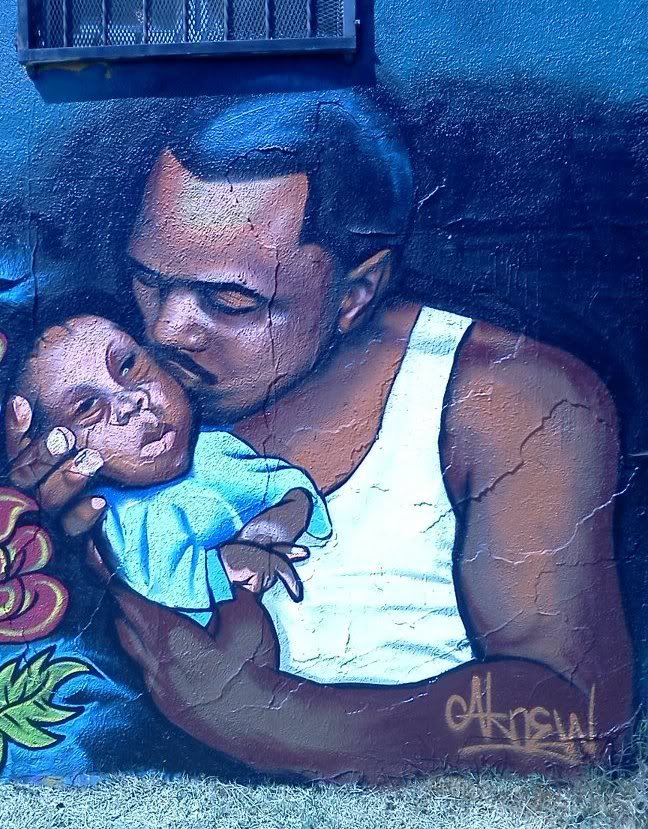The subject of this review is a renaissance man named GaKnew Roxwel. Born Lanny Wilson and raised in Inglewood, GaKnew is a poet, emcee, painter, educator and social worker that first became known in Southern California for his rapping skills, winning poetry slams and his appearance on Russell Simmons’ HBO Def Poetry Jam. In summer 2014, GaKnew is releasing a dual book and musical album that reflects the culmination of his many years in the arts and social work. The subtitle of the book offers an important clue for his mission: “where Hip Hop meets Psychology.”
After working in arts education and mentoring youth for over a decade, GaKnew has gained special insight into the minds of at-risk teens. His wisdom and knowledge are on full display in his companion book and musical album. The book, Under the Influence: Where HipHop Meets Psychology, is a mixed-genre novella fusing persona poems with insightful and introspective passages from the narrator’s interior dialogue. Following the travels of the protagonist Calvin Lloyd, the first-person narrative shows the struggles Lloyd encounters and how he escapes from years of abuse and bad habits to break cycles and achieve mental freedom. He wants to help others “shatter the mytery.”
After many years of working with at-risk youth, GaKnew began to notice a series of patterns. The book presents some of these situations in a fictional narrative hoping that his expression of these patterns will help readers see a practical step-by-step method to break these cycles and move towards balanced emotional health. The poems are interspersed through the narrative. The companion record, Sound of Silence, is a 15-track album written like a film, similar to Marvin Gaye’s great “Trouble Man.” The connection between the nearly 100 page book and full-length album complement each other and work well to convey his message.
One of the project’s greatest messages is about teaching compassion and understanding of people and their differences. GaKnew uses his character Calvin Lloyd to demonstrate that “no two people, not even Calvin and his siblings, share the same perception of everything. He determined that it was vital to respect the probability for misinterpretations and variance in beliefs. His stubbornness and rejection of other people’s truths when disagreeing made them defensive, and caused a disconnection.” Lloyd’s interior dialogue combined with the ongoing discussion of psychology ideas and behavioral theories offer multiple entry points for readers to learn or even see themselves.
In both the book and the record, Lloyd negotiates the city’s pitfalls and eventually emerges victorious. The story arc of the book and album show a model youth can follow to break old patterns. The author explains more: “This project maps out a path to balanced emotional health and inner peace by breaking down the complexities of influence and our innate dependency on automatized functions.”
GaKnew explicitly presents his findings around at-risk youth and their needs, why they do what they do, in this dual project. His rhymes are equally punchy and uplifting:
“You shut down production/when I try to help with construction. Sis/the criticism ain’t meant for destruction.”
GaKnew wants to empower youth through knowledge, specifically with the knowledge needed to break bad habits and toxic cycles. His important message is relevant to not only youth and educators in Los Angeles, but for cities across America.

